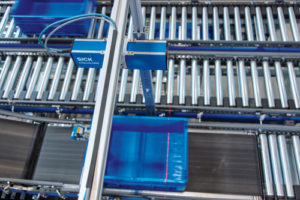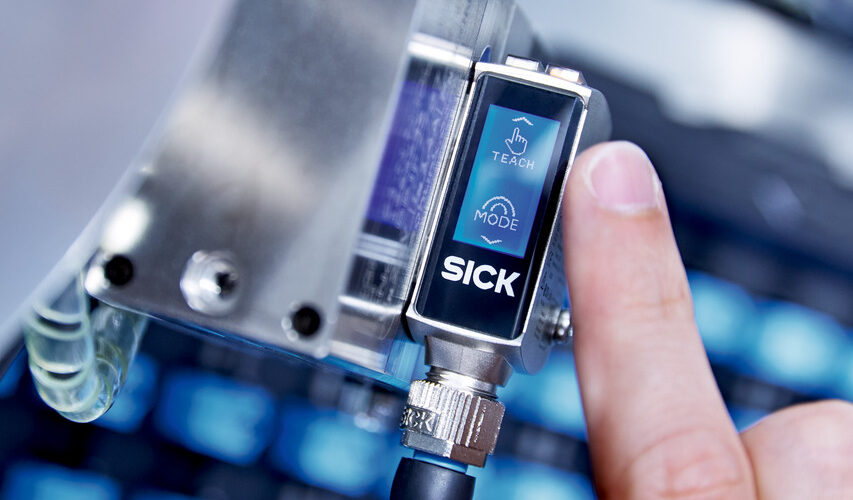 There’s more than one way to confirm an empty tote. Here’s an overview of the full range of sensor options. With the profusion of automation deployed to support today’s high-volume, high-throughput piece picking for e-commerce and omni-channel order fulfillment, nearly every application utilizes reusable plastic totes. They hold products stored in automated storage and retrieval systems (AS/RS). Picked items are placed in them for order consolidation. Conveyors and autonomous mobile robots (AMRs) transport them from one location to another within a facility.
There’s more than one way to confirm an empty tote. Here’s an overview of the full range of sensor options. With the profusion of automation deployed to support today’s high-volume, high-throughput piece picking for e-commerce and omni-channel order fulfillment, nearly every application utilizes reusable plastic totes. They hold products stored in automated storage and retrieval systems (AS/RS). Picked items are placed in them for order consolidation. Conveyors and autonomous mobile robots (AMRs) transport them from one location to another within a facility.
Yet even the most carefully designed picking process can experience an error, such as a product accidentally being left inside a tote. With automated warehouses and distribution centers needing precise and accurate inventory information in real-time at all times to maintain high levels of customer service and to optimize order fulfillment, such an error can be costly.
That’s why there are a variety of sensors available to scan and verify that each and every tote is empty. But which type is right for a given application?
When evaluating potential sensor solutions, it’s first important to consider the specific detection challenges associated with tote handling within a facility. These typically fall into three primary categories:
- Conveyor characteristics, including the variability of tote orientation and positioning on the belt or rollers, operating speed of the conveyor and the amplitude of vibrations generated by its movement.
- Tote characteristics, such as floor and wall surface texture, reflectivity, color, size uniformity or diversity, and shape.
- Product characteristics, like dimensions, color, transparency, reflectivity, and shape.

Depending on the conveyance, tote and product characteristics in a facility, one or more of the following types of sensors can be deployed to overcome or compensate for empty tote detection challenges. They include:
- Ultrasonic sensors emit a sonic pulse that is reflected by the object being detected. Highly adaptable, these sensors identify an item regardless of its color.
- 2D LiDAR (light detection and ranging) sensors with high-definition distance measurement (HDDM) are immune to ambient light, while their monitored area can be set without a computer. This allows the sensor to accommodate a broad range of tote shapes and sizes.
- 2D vision sensors quickly detect objects left in totes by capturing a 2D image as each tote passes by. Ideal for high-speed applications, they can be equipped with different optics, color filters and illumination options to overcome color, reflectivity and speed challenges.
- 3D vision sensors combine laser line height profiles of detected objects with images obtained via a camera to create a high-resolution 3D image at a range of speeds while accommodating a variety of totes.
![]() For more information about SICK’s scalable solutions for empty tote detection download the flyer by clicking here!
For more information about SICK’s scalable solutions for empty tote detection download the flyer by clicking here!





